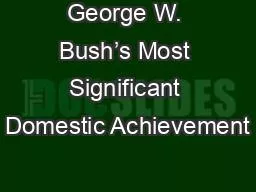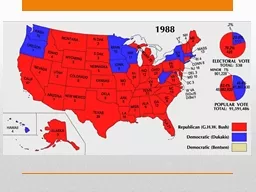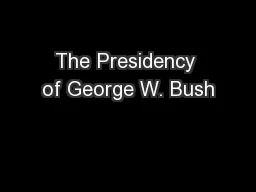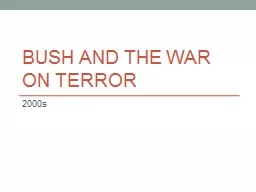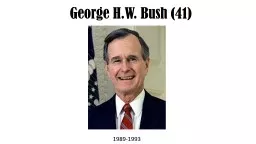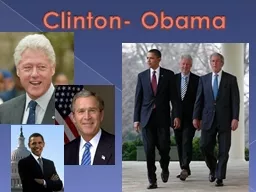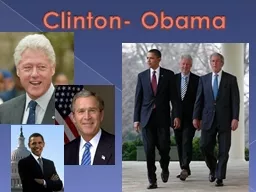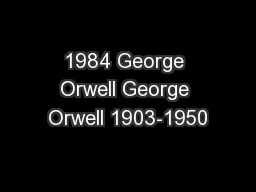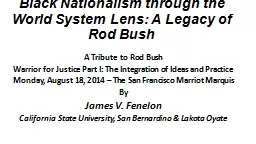PPT-George W. Bush’s Most Significant Domestic Achievement
Author : freakapple | Published Date : 2020-07-03
Thesis George W Bushs most significant domestic achievement was his proposition of the No Child Left Behind Act because it ensures that all children in the United
Presentation Embed Code
Download Presentation
Download Presentation The PPT/PDF document "George W. Bush’s Most Significant Dome..." is the property of its rightful owner. Permission is granted to download and print the materials on this website for personal, non-commercial use only, and to display it on your personal computer provided you do not modify the materials and that you retain all copyright notices contained in the materials. By downloading content from our website, you accept the terms of this agreement.
George W. Bush’s Most Significant Domestic Achievement: Transcript
Download Rules Of Document
"George W. Bush’s Most Significant Domestic Achievement"The content belongs to its owner. You may download and print it for personal use, without modification, and keep all copyright notices. By downloading, you agree to these terms.
Related Documents

